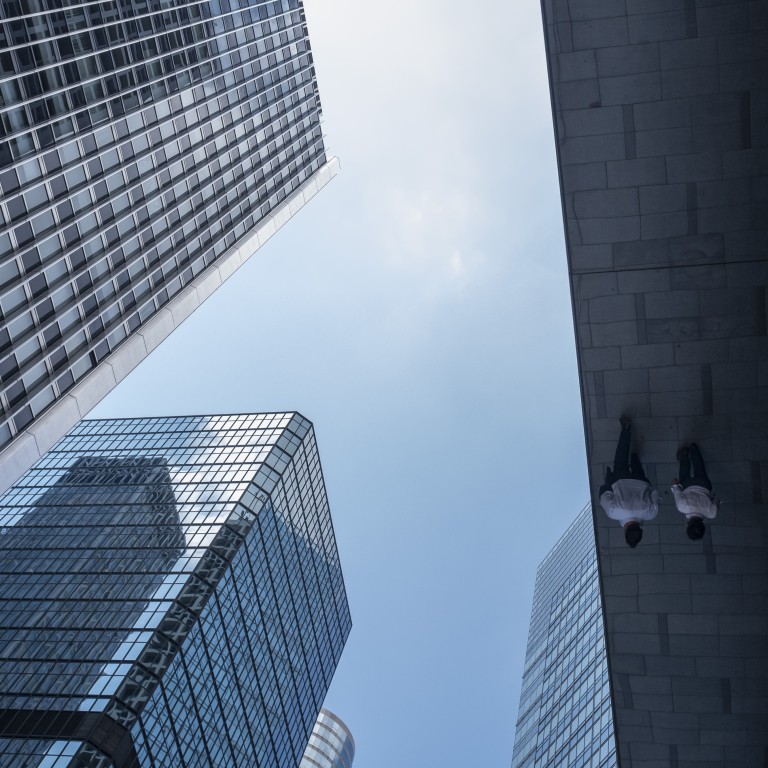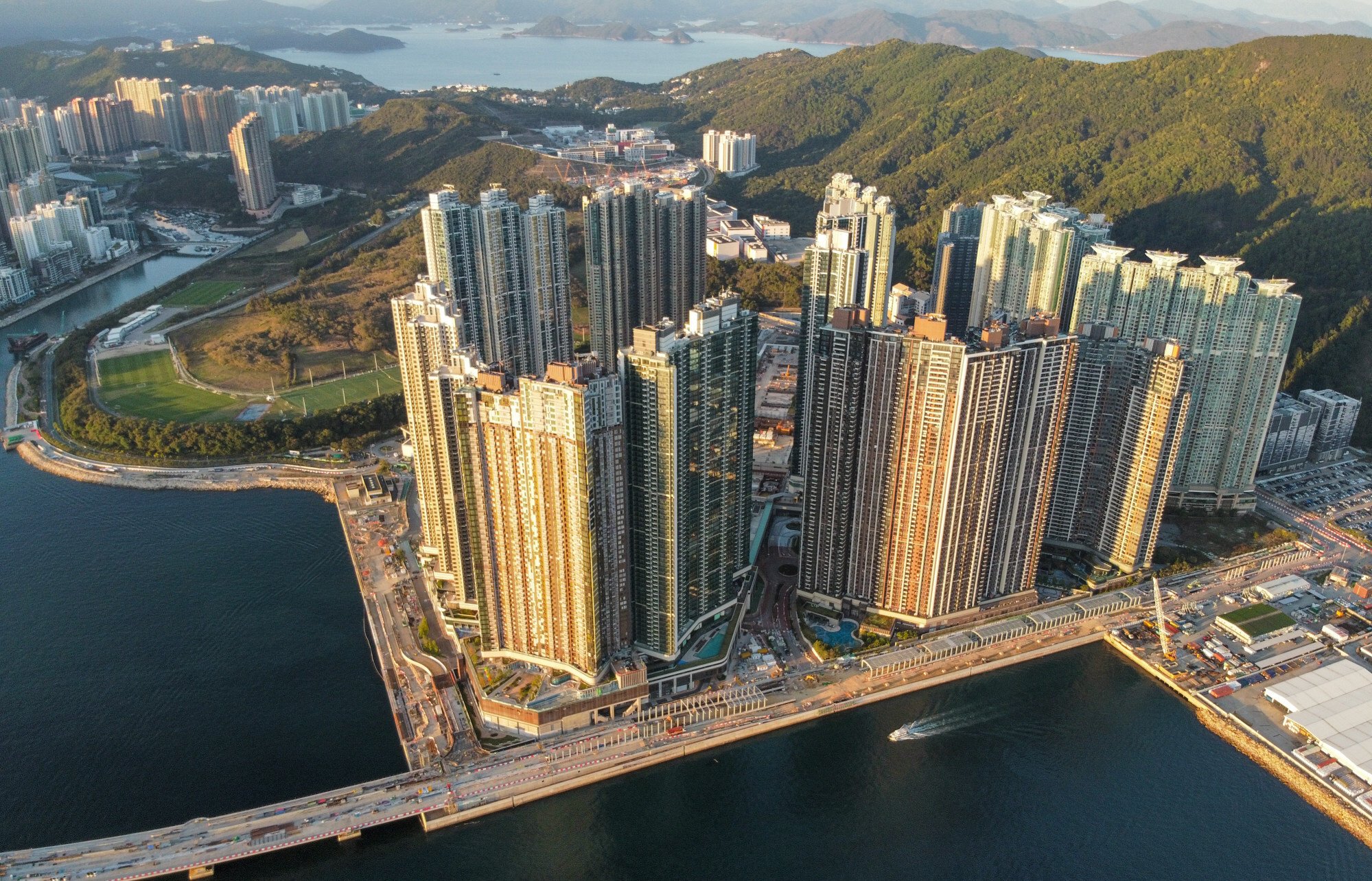
Hong Kong’s property sector is waiting for a recovery that never comes
- A rebound in both the commercial and residential market has been in view for some time, but unexpected shocks like Omicron and rising interest rates have kept it out of reach
- What is needed most right now is a sustained period of stability that allows recovery to take hold
Spare a thought for those upbeat property agents who have been insisting for some time that a recovery in Hong Kong’s battered commercial real estate sector is just around the corner.
While the big advisers’ views on the outlook for the market differ significantly, mainly due to mounting uncertainty over the prospects for Hong Kong and the global economy, the consensus towards the end of last year was that the downturn in the office and retail markets was bottoming out.
In December, JLL said the office market had “entered the last phase of the current down cycle and is on the cusp of a recovery”. CBRE, in its market outlook published in early January, noted that high street rents rose in 2021 for the first time in seven years, and said single-digit rental growth this year was achievable.
Yet, every time the recovery in Hong Kong’s property sector appears to be getting under way, the market suffers another relapse. An unprecedented succession of domestic and external shocks over the past three years has caused persistent delays to the long-awaited upturn.
As recently as early January, CBRE was expecting grade A office rents, which plunged almost 25 per cent in 2020-21, to remain flat this year. Fast forward three months, and it now anticipates a further decline of between zero and five per cent. In the retail sector, high street rents resumed their decline in the first quarter, dropping nearly six per cent quarter on quarter.
The draconian restrictions aimed at countering the brutal fifth wave of Covid-19 are just the latest shock to befall Hong Kong’s economy, causing shops and restaurants to shut down temporarily and slowing the pace of leasing activity in the office sector in February and March.
Investment transaction volumes, which had picked up sharply last year, fell 46 per cent in the first quarter from a year earlier, data from Colliers shows. More tellingly, mainland Chinese buyers, who were very active in the past, accounted for a meagre 2 per cent of investment activity.
Simon Smith, head of research for Asia-Pacific at Savills, said that Hong Kong has a “pretty high pain threshold” and has bounced back from previous crises.
This is a fair point, and one that has been underappreciated over the past three tumultuous years. Yet, how many more setbacks can the city’s property sector endure without undermining confidence in the market’s ability to stage a meaningful and durable recovery?

The problem is that it is precisely these wild cards that are preventing the upturn from taking root. Waiting for a firmly established recovery in Hong Kong’s real estate sector is like waiting for Godot. It never seems to materialise.
A robust recovery is likely to prove even more elusive this year. The combination of the knock-on effects of the sharpest interest rate-hiking cycle by the US Federal Reserve in at least two decades, persistent supply chain disruptions, the fallout from Russia’s invasion of Ukraine and, crucially, the economic damage wrought by China’s uncompromising “dynamic zero-Covid” policy is a recipe for more uncertainty.
This comes as the commercial property investment landscape in the Asia-Pacific region is becoming much more competitive, with buyers targeting resilient sectors in mature and stable markets. The results of a survey published by JLL in March noted that international investors favour “higher conviction geographies” such as Japan, South Korea and Australia.
Can chief executive candidate John Lee solve Hong Kong’s housing crisis?
Still, while Hong Kong is struggling to recover from successive shocks, its unique position as a gateway to the mainland continues to provide a crucial underpinning for occupier and investment markets. No other financial hub in the world benefits from such a dependable source of long-term demand for its services, and one that offers considerable scope for further growth in the coming years.
Mainland Chinese financial firms in Hong Kong still account for a relatively small share of grade A office space occupied by financial services companies, even in the core districts favoured by mainland occupiers. “They can grow their footprint significantly,” said Nelson Wong, head of research for Greater China at JLL.
What Hong Kong’s property sector needs most right now is a sustained period of stability that allows recovery to take hold. The longer the turmoil and disruption persist, the bigger the risk that occupiers and investors start to question whether a solid and durable upturn will ever materialise.
Nicholas Spiro is a partner at Lauressa Advisory

